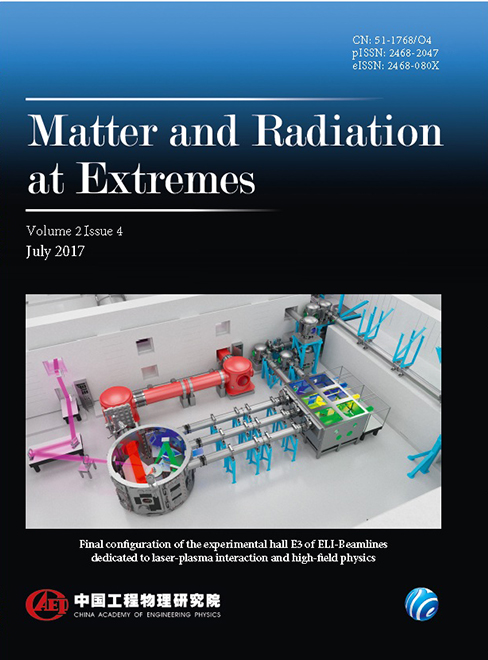
The radiation reaction effects on electron dynamics in counter-propagating circularly polarized laser beams are investigated through the linearization theorem and the results are in great agreement with numeric solutions. For the first time, the properties of fixed points in electron phase-space were analyzed with linear stability theory, showing that center nodes will become attractors if the classical radiation reaction is considered. Electron dynamics are significantly affected by the properties of the fixed points and the electron phase-space densities are found to be increasing exponentially near the attractors. The density growth rates are derived theoretically and further verified by particle-in-cell simulations, which can be detected in experiments to explore the effects of radiation reaction qualitatively. The attractor can also facilitate realizing a series of nanometer-scaled flying electron slices via adjusting the colliding laser frequencies.
We survey quite extensively the present research status of ion-stopping in dense plasmas of potential importance for initial confinement fusion (ICF) driven by intense and heavy ion beams, and also for warm dense matter (WDM). First, we put emphasis on every possible mechanism involved in the shaping of the ion projectile effective charge, while losing energy in a target plasma with classical ions and partially degenerate electrons. Then, we switch to ion stopping by target bound electrons, taking detailed account of mean excitation energies. Free electron stopping has already been given a lot of attention in former works [C. Deutsch et al., Recent Res. Devel. Plasma 1 (2000) 1-23; Open Plasma Phys. J. 3 (2010) 88-115]. Then, we extend the usual standard stopping model (SSM) framework to nonlinear stopping including a treatment of the Z3 Barkas effect and a confronting comparison of Bloch and Bohr Coulomb logarithms. Finally, we document low velocity ion slowing down (LVISD) in single ion plasmas as well as in binary ionic mixtures (BIM), in connection with specific ICF fuels.








